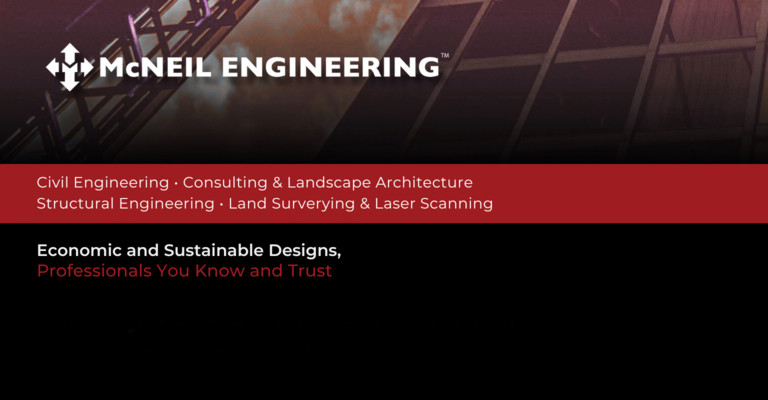 Getting large-scale projects off the ground and built is no easy venture. It requires a significant capital investment, time, and coordination of multiple trades and companies. For example, according to Goridan data, building a standard mid-rise apartment complex with four to seven stories can cost between $7 million and $55 million, depending on the project and the market. That’s a significant investment for many development companies!
Getting large-scale projects off the ground and built is no easy venture. It requires a significant capital investment, time, and coordination of multiple trades and companies. For example, according to Goridan data, building a standard mid-rise apartment complex with four to seven stories can cost between $7 million and $55 million, depending on the project and the market. That’s a significant investment for many development companies!
So, how do companies decide to push through these large projects? Before construction begins, many companies commission a constructability report. Our structural engineering team often prepares these reports for our client’s projects, big or small, and they can be very helpful. In this blog, we’ll outline how these reports work and why they can help your business save money before you begin a construction project.
What is a constructability report?
A constructability report outlines a project’s feasibility and practical execution. It functions like a roadmap for the development process. Here’s a breakdown of how these reports are typically structured.
- Initial project review: We first evaluate the project’s scope. This portion of the report aims to give a general overview of the project goals and scope before we dive into the details of the project itself.
- Design analysis: Our next step is to review the project’s design reports. We examine the plans to ensure they are practical for the project’s scope and cost-effective for the budget. This section is crucial because it allows developers to assess the feasibility of their design plans and determine whether changes are needed.
- Material assessment: In this section, we further break down the design analysis into the materials needed for the build. Based on durability and budget constraints, we recommend optimal materials. We may even provide additional material recommendations.
- Labor evaluation: The next section of the report examines the project’s labor requirements. How many workers will be needed from each trade, and what type of availability will be required? This section can be handy for developers during the pre-planning phase because it helps them visualize the project timeline and potential labor requirements. Since coordinating and collecting bids from different trades for a large-scale project can take time, having a timeline for how long the building process can take can help.
- Site examination: Before construction begins, we complete a full site evaluation and identify potential issues, like terrain or regional weather conditions, that may affect the building process or finished project. This analysis is crucial for mitigating potential issues or surprises that may come up when construction begins.
- Risk mitigation strategies: Lastly, we cover the potential risks developers may face during construction in every category. We outline potential structural issues, budget or timeline problems, or permitting or land use issues. In this section, we try to outline anything that may delay a project or cause an unexpected expense to prepare the development team as much as possible.
When should you get a constructability report?
As you can see, a constructability report can be beneficial, especially for projects requiring significant time and money investment. The ideal time to get a report is during the pre-planning phase before designs are finalized and construction begins. When the development team, architect, project owner, or even contractor seeks a report this early, it can act as a roadmap during construction and help reduce the likelihood of unplanned delays or expenses.
Project Spotlight: Bri Village Luxury Apartments
This adult luxury apartment community was a $30 million investment. Measuring four stories, the timber-framed complex features 166 units above a 209-stall post-tensioned concrete parking garage in Sandy, Utah. Our team was commissioned by the developers Brighton Ventures and Anderson Construction to provide structural design services from the pre-planning phases to the completed construction. Part of this process included addressing the project’s constructability and providing cost-effective design solutions for the aesthetic and budgetary needs of the project. It was a fantastic project, and we are grateful for our client’s trust in our services!
Don’t skip a constructability report
A constructability report is more than just a review of your plans. It’s a roadmap that can help keep your project on track through each construction phase. With this powerful tool as a guide, you’ll be aware of potential challenges before they happen. This knowledge will help guide your development and construction team, which will save time, reduce costs, and minimize risks. With this report, you can streamline work, optimize resources and make practical design adjustments that will make the construction process smoother and more efficient. So, if you’re ready to begin your next project, big or small, contact our team today to get started with a comprehensive constructability analysis.








